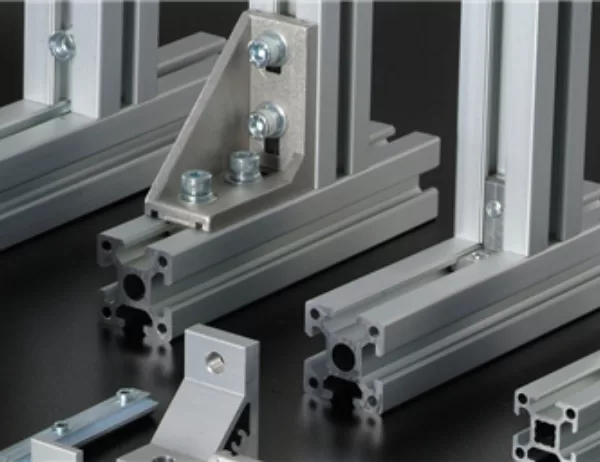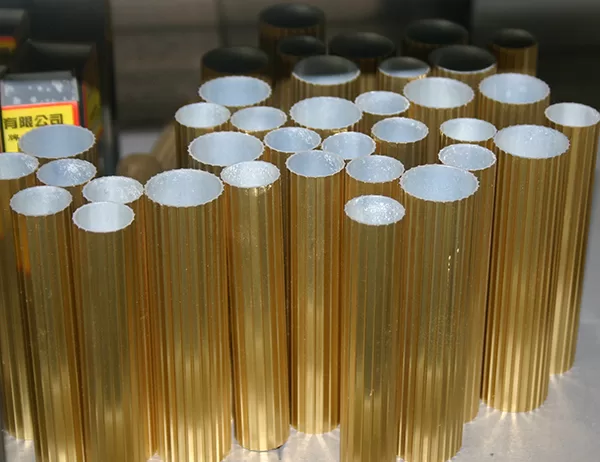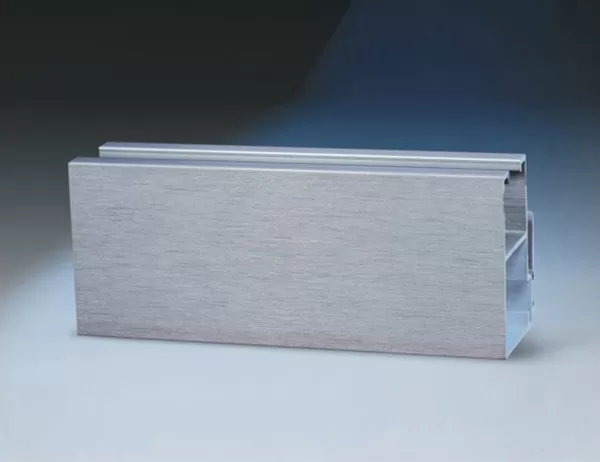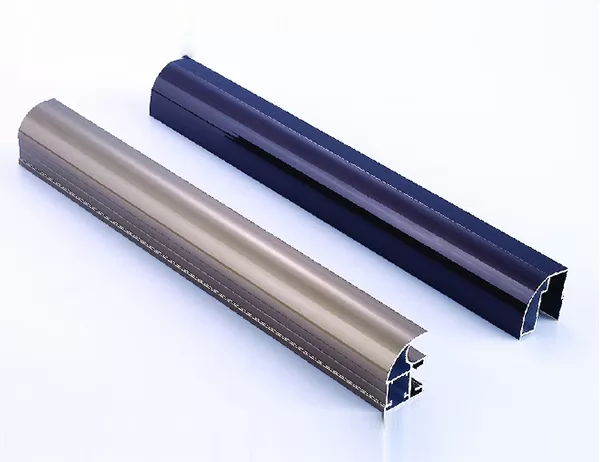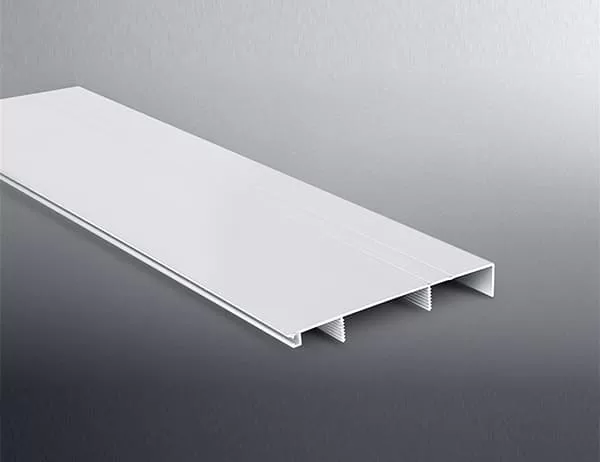The Cost-Effectiveness of Aluminum Frames vs. Other Materials: A Comprehensive Analysis
Introduction
When it comes to choosing the right material for window and door frames, the cost-effectiveness is a crucial factor to consider. Aluminum frames have emerged as a popular choice in recent years, but how do they compare to other materials in terms of their cost-effectiveness? This article will provide a detailed analysis of the cost-effectiveness of aluminum frames in comparison with other materials, exploring various aspects to help readers make informed decisions.
Material Costs
Aluminum is a relatively low-cost material compared to other options like wood or steel. The initial material cost of aluminum frames is typically lower than these alternatives, making them more cost-effective for large-scale projects. Moreover, aluminum is readily available in various shapes and sizes, allowing for easy customization and minimizing material waste. This further contributes to the overall cost-effectiveness of aluminum frames.
Labor Costs
The labor cost involved in installing aluminum frames is generally lower than that of other materials. Aluminum is a lightweight material, making it easier to handle and install. This reduces the time and effort required for installation, resulting in lower labor costs. Additionally, the precision-engineered design of aluminum frames ensures a tight fit, which minimizes the need for additional adjustments or repairs, further reducing labor expenses.
Durability
Aluminum frames are known for their exceptional durability. They are resistant to rust, corrosion, and extreme weather conditions, eliminating the need for frequent maintenance or replacements. This durability ensures a longer lifespan, reducing the long-term costs associated with window and door maintenance. Unlike wood or steel frames, aluminum does not require regular painting or weatherproofing, saving on ongoing expenses over time.
Energy Efficiency
Aluminum frames play a significant role in improving energy efficiency. They have low thermal conductivity, which means they insulate well against heat transfer. This reduces the amount of energy needed for heating or cooling, resulting in lower energy bills. The thermal insulation provided by aluminum frames not only enhances comfort but also contributes to long-term savings on energy costs.
Customization
Aluminum frames offer a high level of customization. They can be easily cut, shaped, and colored to match any architectural style or design preference. This customization allows for a tailored aesthetic without sacrificing cost-effectiveness. Aluminum frames can be anodized or powder-coated to create a wide range of colors and finishes, providing flexibility in design while meeting specific project requirements.
Based on the analysis presented in this article, aluminum frames prove to be highly cost-effective compared to other materials for window and door frames. The lower material and labor costs, combined with exceptional durability, energy efficiency, and customization options, make aluminum frames a smart choice for projects large and small. By considering the long-term savings and benefits associated with aluminum frames, you can make an informed decision that maximizes cost-effectiveness and enhances the aesthetic appeal of your building.
